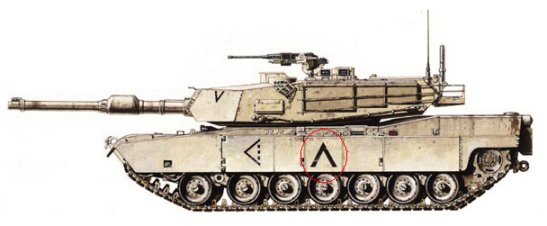
But there’s no disputing that the M-1 is heavy and getting heavier-and that certainly weighs on its mobility before and during battle. The Army reportedly disagrees with this assessment. “The M1A2SEPv3 is not transportable by current recovery vehicles, tactical bridges or heavy equipment transporters,” according to DOT&E. Armored bridgelayers for helping the tanks cross narrow rivers and gaps where no suitable fixed bridge exist. Recovery vehicles for winching out stuck tanks. While on the move, their crews would count on an ecosystem of supporting vehicles to maintain forward progress. Even nearer the fighting, the tanks would roll off the trucks and tread under their own power.

A Military Sealift Command ship would haul them overseas to another port railhead.Ĭloser to the battle zone, logisticians would transfer the tanks from trains to heavy equipment transporters-in essence, really big trucks. The tanks would ride on a train from their base to a port. Army would lean on several modes of transportation to get an armored brigade equipped with M-1A2SEPv3s from its home base to a European battlefield. That makes it easier to move to and around a battlefield. As a tank power, the United States is second only to Russia with its roughly 13,000 T-72s, T-80s, T-90s and other types.īut Russia’s tanks are lighter than America’s tanks. The service has ordered around 300 M-1A2SEPv3s from General Dynamics GD.


Army possesses around 6,000 M-1s, including 1,500 new-generation M-1A2s. The SEPv3 works in the cold-a prerequisite for winter operations in eastern Europe, the most likely place where the Army’s heavy brigades might deploy for combat against a high-tech foe.


 0 kommentar(er)
0 kommentar(er)
